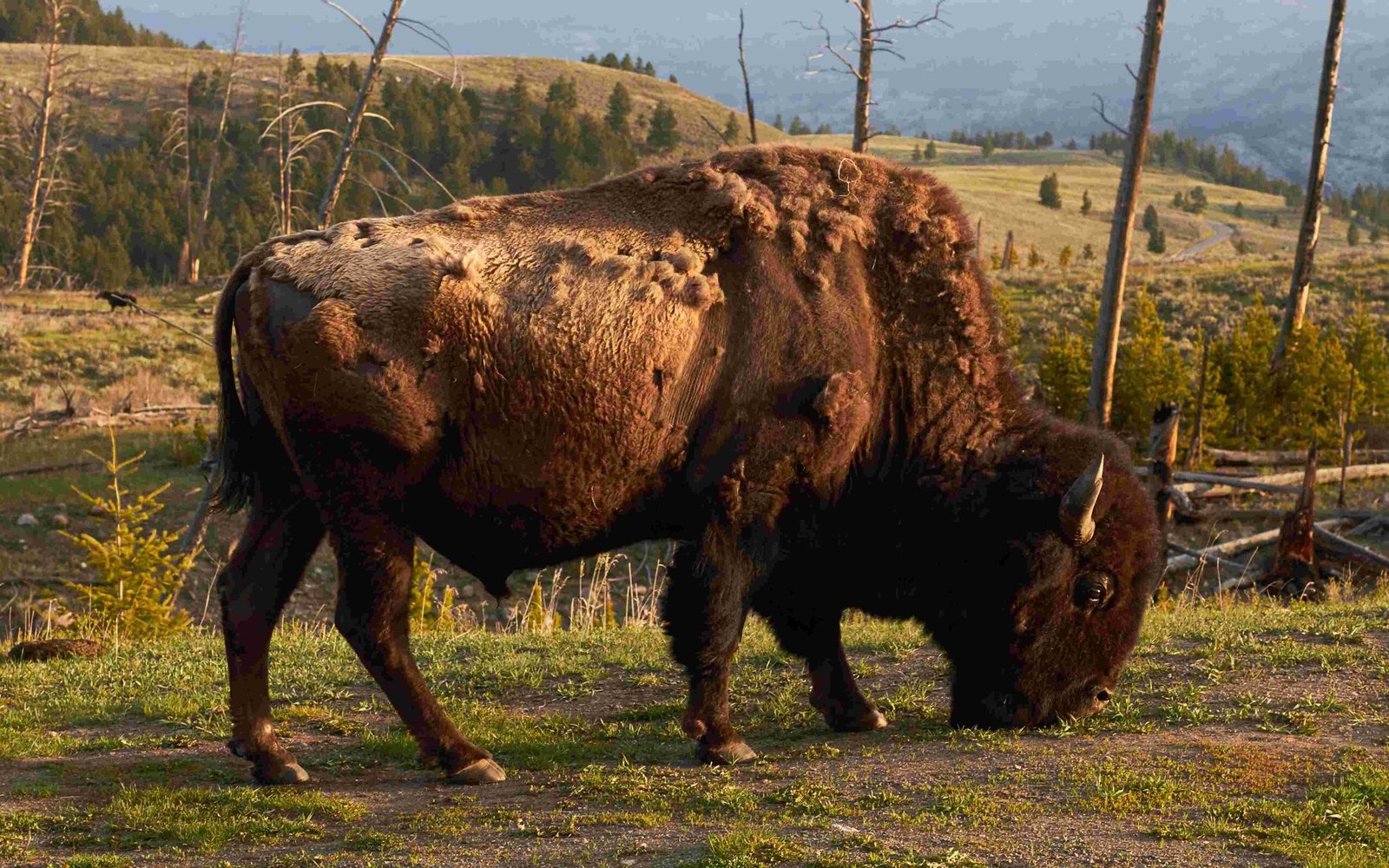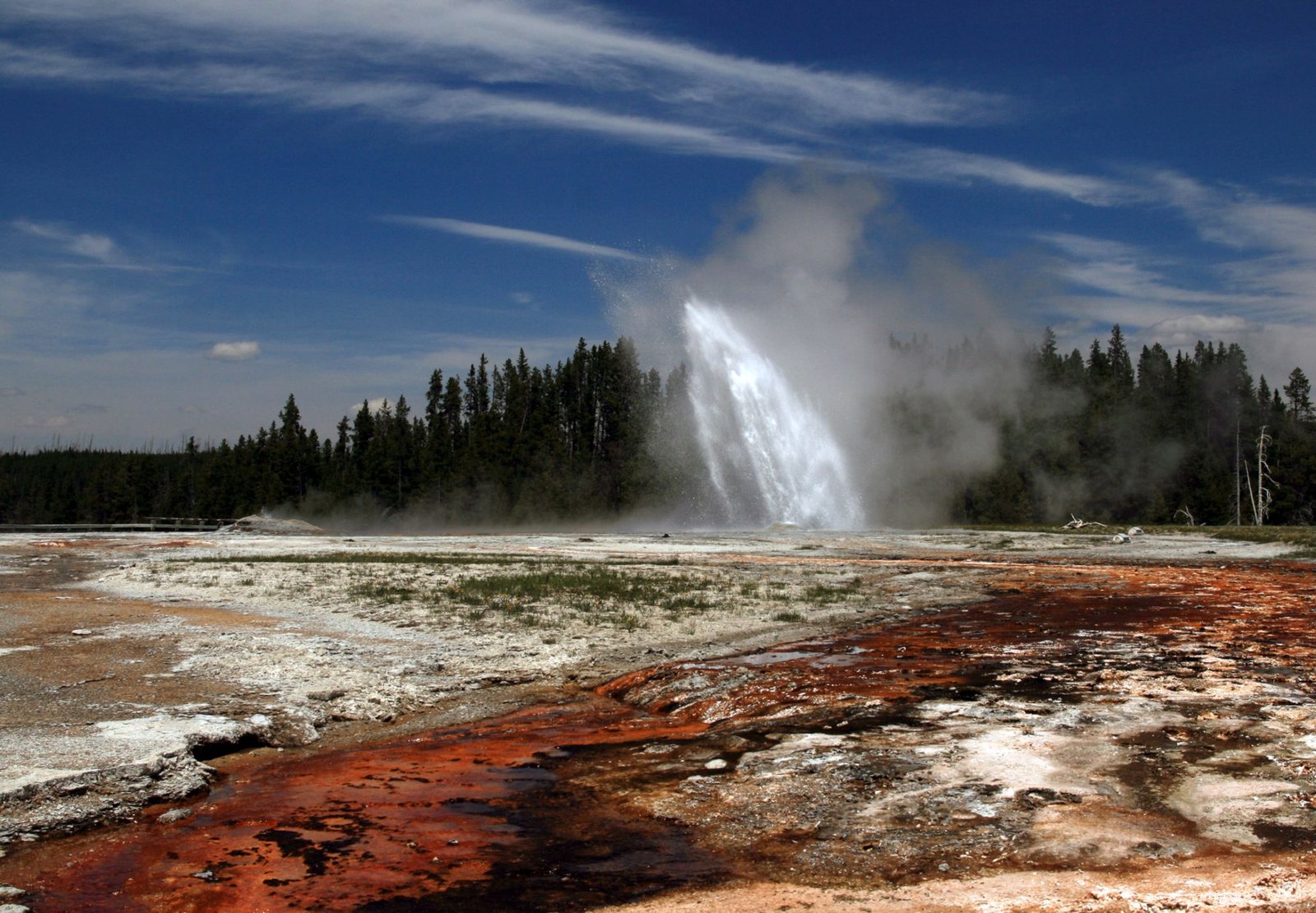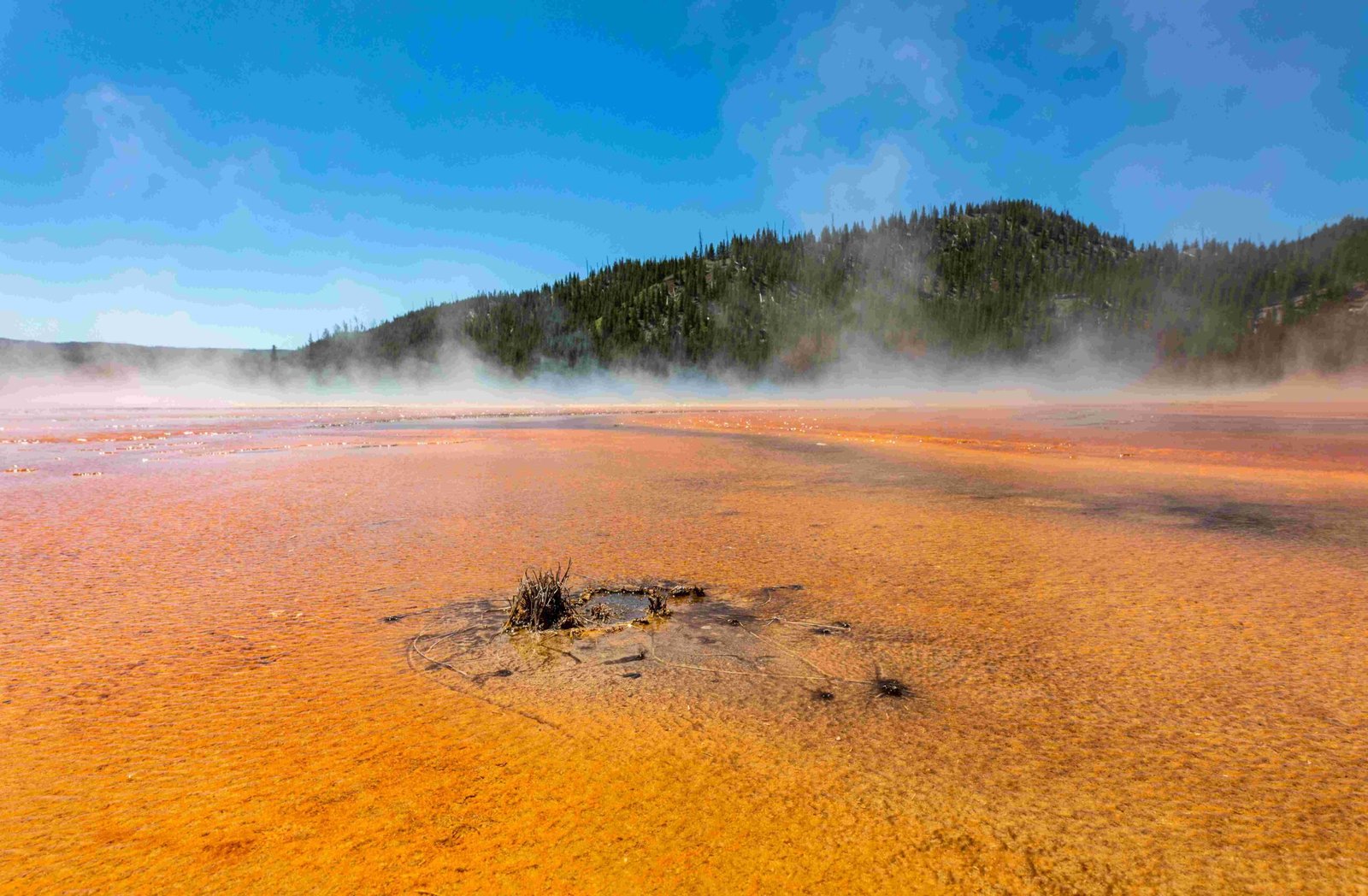When selecting a spotting scope for Yellowstone National Park, key factors include magnification (20-60x), objective lens size (80-85mm), weatherproofing, and portability. The ideal scope should balance power and clarity with durability and ease of use. Popular options include the Zeiss Diascope 85, Swarovski ATS 80, and Vortex Optics Razor HD, which offer excellent performance in various conditions encountered in the park.
What Are the Essential Features for a Yellowstone Spotting Scope?

A spotting scope for Yellowstone National Park should possess several crucial features:
- High magnification (20-60x)
- Large objective lens (80-85mm)
- Waterproof and fog-proof construction
- Durable and shock-resistant body
- Lightweight and portable design
- Clear and bright optics
- Smooth focus mechanism
- Comfortable eye relief
These features ensure optimal wildlife viewing experiences in the diverse conditions of Yellowstone.
How Does Magnification Affect Wildlife Viewing in Yellowstone?

Magnification plays a vital role in wildlife observation at Yellowstone:
- Low magnification (20-30x): Ideal for scanning wide areas and locating animals
- Medium magnification (30-45x): Perfect for detailed observation of larger animals
- High magnification (45-60x): Necessary for viewing distant or smaller wildlife
A variable zoom scope offers flexibility, allowing you to adjust magnification based on the situation and distance to the subject.
Why Is Objective Lens Size Important for Yellowstone Scopes?
The objective lens size significantly impacts image quality:
| Lens Size | Light Gathering | Image Brightness | Low Light Performance |
|---|---|---|---|
| 60mm | Good | Moderate | Fair |
| 80mm | Excellent | Very Good | Excellent |
| 85mm | Superior | Excellent | Superior |
Larger objective lenses (80-85mm) are preferred for Yellowstone as they:
- Gather more light, crucial for dawn and dusk viewing
- Provide brighter and clearer images
- Offer better performance in low light conditions
- Allow for higher magnification without sacrificing image quality
What Weather Considerations Affect Spotting Scope Choice?
Yellowstone’s variable weather necessitates a robust spotting scope:
- Waterproofing: Essential for protection against rain and snow
- Fog-proofing: Prevents internal fogging due to temperature changes
- Nitrogen purging: Eliminates internal moisture and prevents fungal growth
- Durable coating: Protects against scratches and impacts
Look for scopes with IPX7 or IPX8 waterproof ratings and fully sealed, nitrogen-purged bodies.
How Does Portability Impact Spotting Scope Selection for Yellowstone Hikes?
Portability is crucial for Yellowstone hikes:
- Weight: Aim for scopes under 5 lbs (2.3 kg)
- Size: Compact designs fit easily in backpacks
- Durability: Rugged construction withstands trail conditions
- Tripod compatibility: Lightweight, collapsible tripods are ideal
Consider the trade-off between portability and optical performance. Some compact scopes may sacrifice image quality or low-light performance.
What Are the Top Spotting Scope Recommendations for Yellowstone?
Based on expert reviews and user experiences, these spotting scopes excel in Yellowstone:
- Zeiss Diascope 85
- Pros: Excellent optics, durable construction
-
Cons: Expensive, relatively heavy
-
Swarovski ATS 80
- Pros: Superior image quality, weatherproof
-
Cons: High price point
-
Vortex Optics Razor HD 27-60×85
- Pros: Great value, high-quality optics
-
Cons: Slightly heavier than some competitors
-
Leica Televid 65
- Pros: Compact, lightweight
- Cons: Smaller objective lens, less low-light performance
Where Can You Rent Spotting Scopes Near Yellowstone?
For visitors who prefer not to purchase a scope, rental options include:
- Optic Yellowstone (Gardiner, MT)
- Silver Gate Lodging General Store (Cooke City, MT)
- Yellowstone Forever (multiple park locations)
Renting allows you to try different models and receive local advice on wildlife viewing locations.
What Are the Best Locations for Using a Spotting Scope in Yellowstone?
Prime spotting scope locations in Yellowstone include:
- Lamar Valley: Known for wolf and bison sightings
- Hayden Valley: Excellent for grizzly bears and elk
- Mount Washburn: Offers panoramic views and bighorn sheep sightings
- Yellowstone Lake: Great for waterfowl and distant shore wildlife
- Mammoth Hot Springs: Elk and occasional wolf sightings
These areas often have designated pull-outs or viewing areas suitable for setting up a spotting scope.
How Do You Properly Care for a Spotting Scope in Yellowstone?
Proper care ensures your spotting scope’s longevity:
- Use lens caps when not in use
- Clean lenses with a microfiber cloth and specialized solution
- Store in a padded case during transport
- Avoid rapid temperature changes to prevent fogging
- Use a rain cover in wet conditions
- Regularly check and tighten tripod connections
Following these practices will maintain your scope’s performance and protect your investment.
References:
1. Yellowstone by Bearman
2. Parks Collecting
3. We’re in the Rockies

